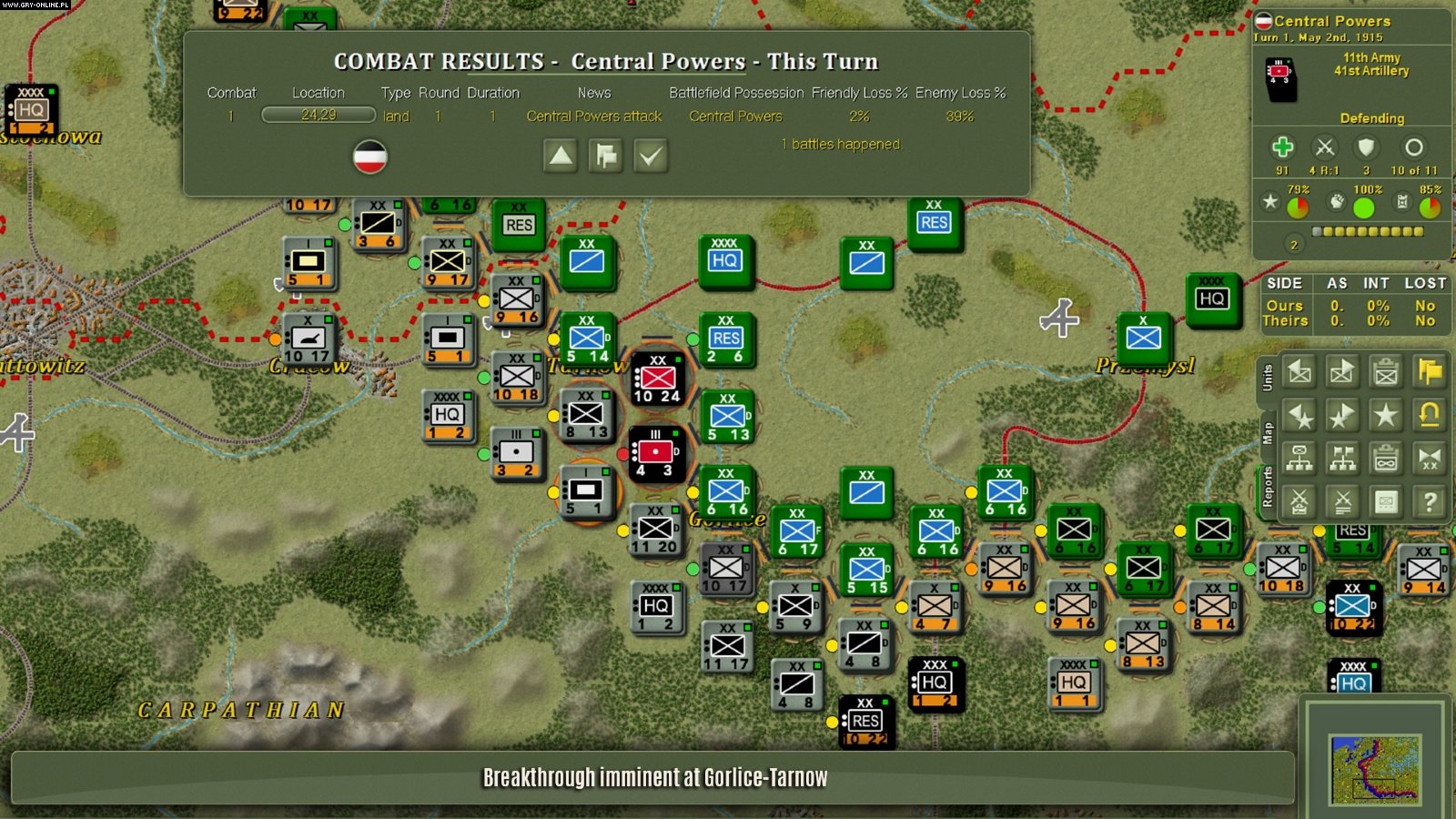

Whereas Clausewitz and Machiavelli tackled very specific aspects of a grand puzzle, Sun Tzu’s The Art of War instead provided a holistic approach to waging war, which not only included the surgical use of force as a last resort, but also a variety of non-military methods, such as diplomatic, political, economic, psychological, and moral means to win without fighting. Machiavelli’s Il Principe, on the other hand, focused upon domestic and foreign policies, and described how best to acquire, govern, and preserve a state by any means necessary through virtue, power politics, fortune and abilities, and ruthlessness and cruelty. A common thread throughout the article is the use of intelligence, which yields the ability for deception, and, in turn, surprise.Ĭlausewitz’ voluminous Vom Kriege highlighted that the shortest way to achieve political objectives is by the destruction of the enemy forces’ centre of gravity in a major decisive battle.


Next, Sun Tzu’s centres of gravity will be elicited, followed by the reasoning behind the proportionality of strength and the types of warfare to use, given the will to fight and the resources available. This article will first examine the holistic perspective of Sun Tzu compared to other authors, and selected ‘system-of-systems’ theories of RMA. To do so, it will be shown that war, the use of violence to impose one’s will, remains a means to achieve political objectives, which necessitates an holistic offensive approach and the selection of the most effective modes of warfare if it is to be victoriously terminated at the lowest possible cost and in the shortest possible time. Both these scholars of war and others have bearing on the central military treatise of this short article, the timeless The Art of War of Chinese strategist Sun Tzu, written in the Fifth Century BC.Īs contemporary military doctrine has now evolved through the transformational theories of the Revolution in Military Affairs (RMA) since the 1970s, and flirted with a plethora of epistemological system-of-systems concepts, one must enquire if there has truly been a fundamental change in the nature of the operational art of war over the last two millennia? This brief examination contends not, and will attempt to demonstrate that the principles of war remain robustly anchored in only a few tenets allegedly first recorded by Sun Tzu: to win without fighting and if fighting one must, avoid strength and attack weaknesses everything else is subordinate and a means to effectively achieve these canons. Many authors have professed to understand war and society throughout the ages, with the most celebrated pieces of literature including the crafty Il Principe of Italian political philosopher Nicollo di Machiavelli written in 1513 but published postmortem in 1532 and, of course, the Napoleonic wars grand theories of Prussian-German General Carl Philipp Gottlieb von Clausewitz in his proverbial Vom Kriege, also published postmortem in 1831. 1 (2013) of the external pageCanadian Military Journal call_made, which is published by the external pageNational Defense and Canadian Armed Forces. This article was external pageoriginally published call_made in Vol.


 0 kommentar(er)
0 kommentar(er)
